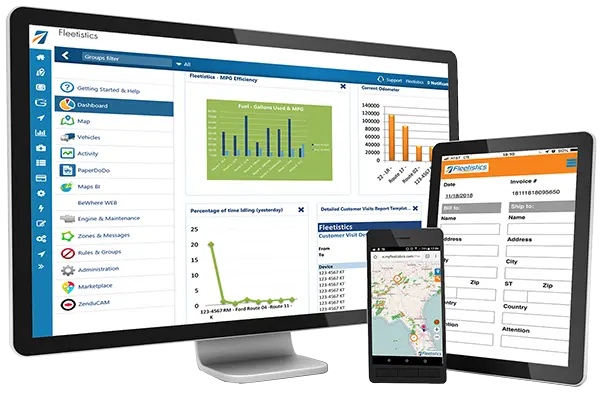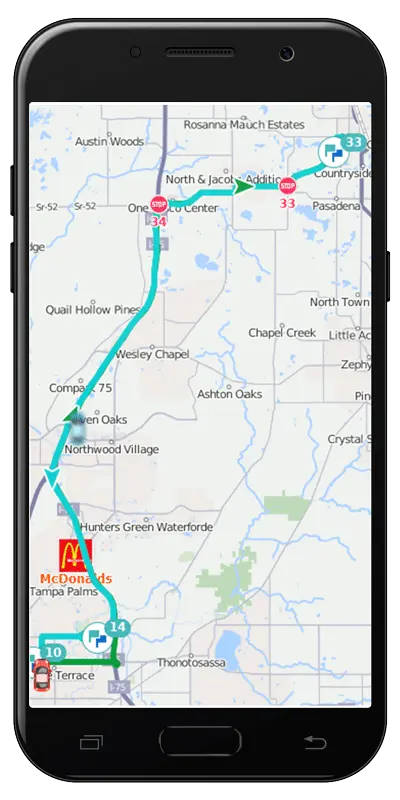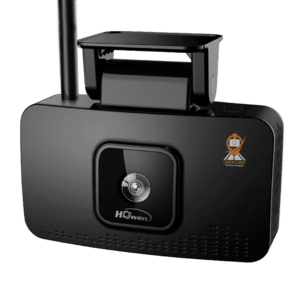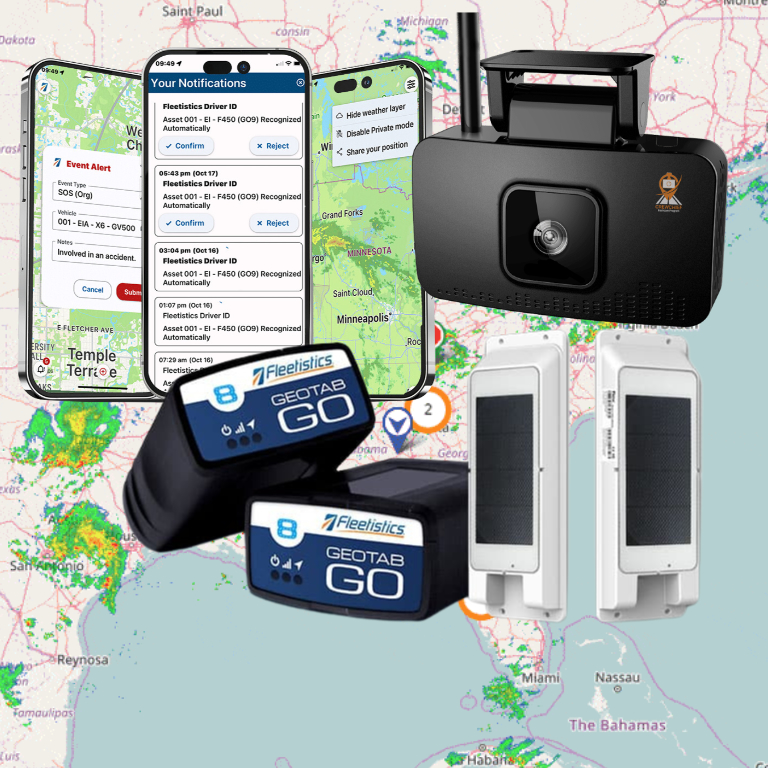Covert Tracker Optimum Device Placement
It is important to think through where you place a GPS tracker on a vehicle or asset for covert tracking. The location of a covert tracker may vary depending on the goal being vehicle recovery due to theft or cover tracking for investigative reasons. Covert tracking may be tracking the vehicle or tracking a package in a law enforcement scenario. Covert tracking of an asset is likely focused on recovering an expensive piece of equipment such as a bulldozer.
Covert tracker placement for tailing a vehicle or determining movements generally means accessing a vehicle very quickly in a public place. If you are fortunate enough to have access to a vehicle for a longer period of time in a private setting, you have a lot of options for covert tracker placement. Since this is the exception, this post will focus on the covert tracker placement in a public setting. Learn more about covert tracking devices here.
All vehicles are made differently but most newer vehicles contain a lot of plastic which allows for good GPS reception. Metal will block a GPS signal from getting to a GPS covert tracker but with a little thought, this is not an issue. Modern GPS antennas work significantly better than antennas 10 years ago. Testing placement on your car(s) is the best way to get a good idea of what works and what does not. Since you have a limited time to place a device covertly, consider these variables.
- Place the unit where the driver or maintenance people are not likely to go. If the car is a piece of junk with bad tires, place the GPS unit near the spare tire may result in discovery.
- Do not place it where a mechanic may easily see it. If you place it near the oil drain plug, a technician may find it when doing an oil change.
- If the vehicle is low to the ground, do not place it on the bottom of the frame or a surface where it may be scrapped off going over a speed bump.
One of the best places to locate a covert GPS tracker is on the vertical edge of the frame about mid vehicle. There are not any parts in this area that would prompt the driver to look in this area or go to this area for a maintenance issue.
Another place is on the inside lip of a plastic bumper. An all metal bumper may cause issues because it is metal on three sides. You should be ready to place the device in a location that may not work with a magnet. This means a strap of some type to hold it in place. Do not count on wedging in place and it staying put. With a vehicle vibrating thousands of times per mile, the GPS tracker will always come loose.
The drivers cab is a common place to start. The cab may offer a soft seat or plastic instrument panel where the tracker can be hidden. The goal is to make it hard enough to find that a thief cannot find it easily at the job site and remove it before leaving. Once the vehicle is off the site, the clock is ticketing to recover the equipment. A lot of equipment ends up at a chop shop where it is disassembled quickly, put into cargo containers and sold for parts in other countries.














